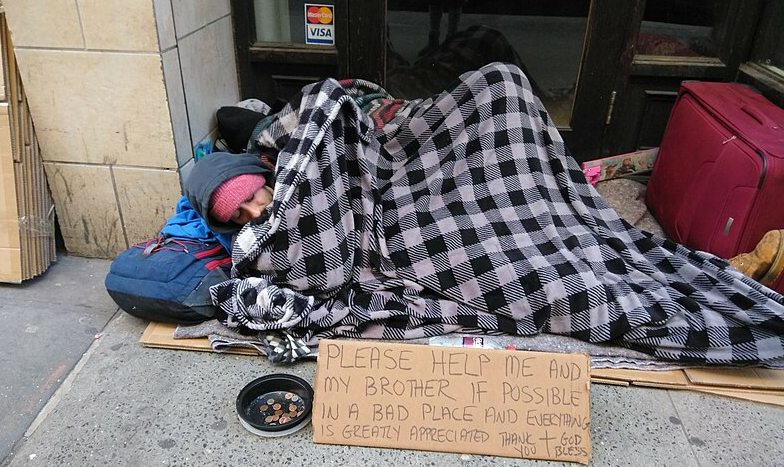Photo: YouTube
here is insufficient coverage and outcry concerning the prevalence of biased and adverse images of Black Americans in the media broadly. We seem to ignore the roles that these media images play in stereotype formation and reinforcement, which can ultimately cause racial discriminatory behaviors.[1]
The focus is often on the cinema and television when media image bias is explored, but, in this case, we drill down to Black American images in a local newspaper.
We have considered the topic question with respect to two of the most important national and global newspapers (The New York Times and The Washington Post) over the past few years here and here.
Now we turn to our local newspaper in Honolulu, Hawaii—The Star Advertiser. This newspaper may reflect attributes similar to newspapers in urban areas all over the US. Although a dying journalistic platform, newspapers survive (in print and online) because the educated and those with average and above average incomes and wealth read these sources to remain abreast of developments in their city, town, village, and/or area of influence.
As background, it is important to keep in mind that Black Americans represent about three percent of Hawaii’s population of 1.4 million, which is spread across five islands. Over one million of that population resides on the island of Oahu, which includes Honolulu. Around 28 thousand Black Americans call Hawaii home. Hawaii is one of the nation’s most diverse states, which prides itself on welcoming all cultures.Remember that former President Barack Obama spent his formative years in Hawaii.
We adopted the following approach to gather evidence with which to answer the topic question. We collected all printed (Sunday through Friday) Star Advertiser publications for the month of August 2022. We limited our analysis to the “Front page,” “Local & Business,” and “Sports” sections of these
publications. We observed each photographic image presented in these sections, selected images that featured or included clearly identifiable images of Black Americans (often distinguishing Black Americans from other racial/ethnic groups by reading captions and related news stories), and then assessed these images as being “favorable,” “adverse,”or “neutral.”
Admittedly, our assessment could be considered somewhat subjective. However, to clarify, we viewed “favorable” images as reflecting positive or favorable outcomes; i.e., something good/positive was conveyed. “Adverse” images, on the other hand, conveyed negative outcomes, such as criminal, violent, or unfavorable behaviors. “Neutral” images conveyed neither “favorable” nor “adverse” outcomes.
presents the results of our assessment.
“What about your local newspaper? How biased is it in conveying Black American images? We urge you to consider conducting your own study to assess outcomes. BlackEconomics.org would welcome the opportunity to share your assessment results.”
If August 2022 can be considered normal/average coverage of Black American newsworthy outcomes in Hawaii, then data indicates that less than 10 percent of Black American images in the Star Advertiser were “adverse.” Given the adage that “bad news sell” and these data, one would be hard pressed to conclude that the Star Advertiser provides a preponderance of adverse Black American images to its readers. This sounds like good news.
However, one might have concerns about the composition of these images by the categories observed. Specifically, one might express disappointment that Black American females are underrepresented significantly, and that a majority of Black images appeared in the Sports section. Clearly, the prevalence
of Sports images reinforces the narrative (stereotype) that Black Americans are athletically inclined.
What about your local newspaper? How biased is it in conveying Black American images? We urge you to consider conducting your own study to assess outcomes. BlackEconomics.org would welcome the opportunity to share your assessment results.
Comprehending the importance of these images, we should monitor them regularly, and raise concerns with publishers when we find that they lean toward biasedness. This is part of the work that we must do that can ultimately impact all aspects of our lives— none more important than economic aspects (e.g., employment, income, and wealth).
Dr. Brooks Robinson is the founder of the BlackEconomics.org website. https://blackeconomics.org/
References:
[1] BlackEconomics.org explores this topic regularly.
See our “Media” page: https://blackeconomics.org/index.php/media/












